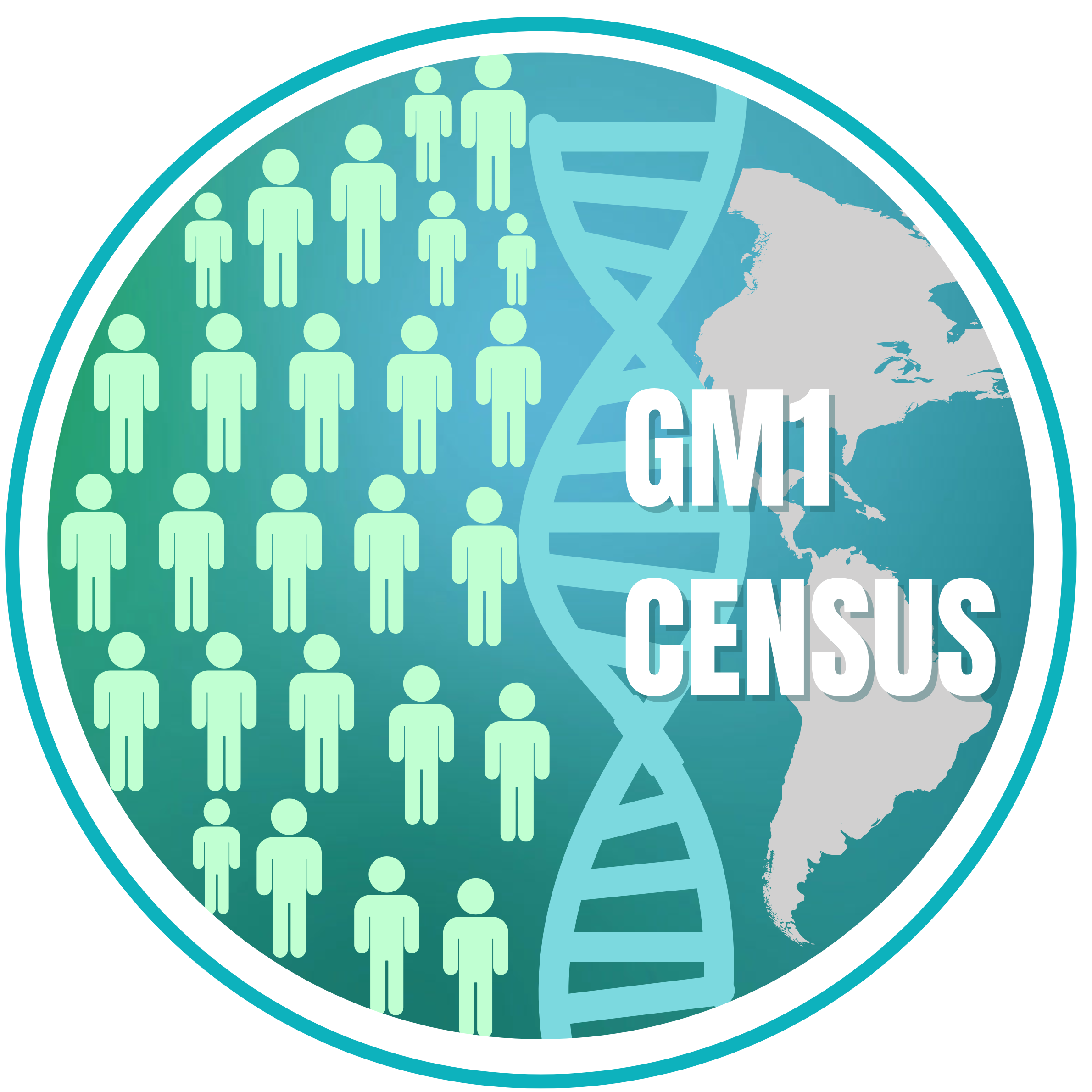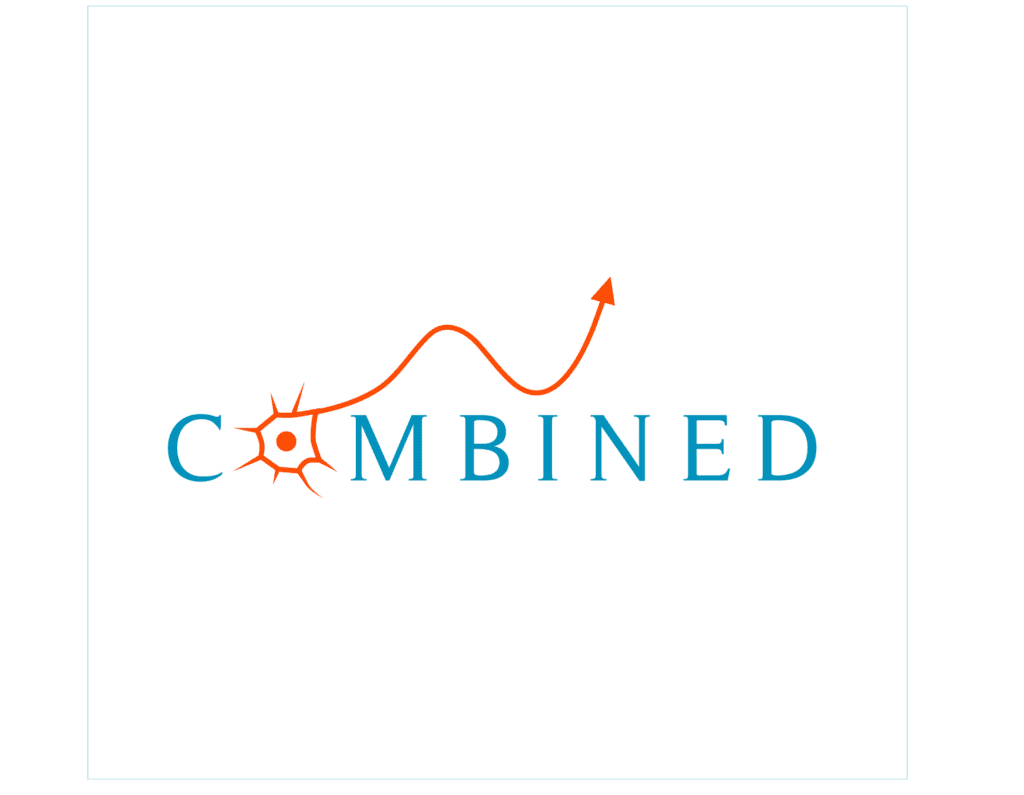Cure GM1 presently has four initiatives to support natural history and sample collection for GM1.
Census, Natural History, Data Sharing and Biobank
In order to support drug development and research, Cure GM1 has multiple initiatives that support research and drug development. Families can participate in these efforts to ensure that GM1 is research-ready!
From the research perspective, these are very separate endeavors, both in design and deliverables, but their shared purpose is to gather and share data from many patients to inform research and advance the knowledge of GM1, so that ultimately those impacted by GM1 can receive better care.
These are critically important building blocks in the drug development process.
Every Family Matters in GM1 Research
Research is the foundation for finding treatments and a cure for GM1 — but it cannot happen without YOU.
With a disease as rare as GM1, every family who participates brings us one step closer to breakthroughs. Your story creates the roadmap scientists need to develop new therapies.
Why Your Participation Matters
Show We Exist
Help researchers and pharmaceutical companies understand the size of our community
Drive Progress
Your data and samples enable breakthrough discoveries and clinical trials
Privacy Protected
All data is anonymized and used solely to advance GM1 research
How You Can Participate
Join the GM1 Census
What it is: A comprehensive research study to collect information about patients and families affected by GM1 gangliosidosis worldwide.
Why it matters:
- Strengthens our voice and visibility
- Shows researchers and pharmaceutical companies the size of our community
- Helps attract funding and resources for GM1 research
- Connects families with clinical trials and new treatment opportunities
- Maps diagnostic journeys to improve the process for future families
How to participate:
- Set up a CRID (Clinical Research ID) for each registrant
- Locate and scan your diagnostic genetics report
- Complete the online consent form and survey
- Upload genetic test results
- Review and submit
Takes approximately 15-20 minutes. Quick and easy to navigate!
About the Study
The GM1 Census examines patient population data, including subtypes, diagnostic journeys, and associations between genetic variants and clinical symptoms. This IRB-approved study helps researchers understand disease patterns, identify common symptoms, and build comprehensive data to share with the GM1 community and researchers worldwide.
Who can participate:
- English speakers who are 18 or older
- Parents of a child with doctor-confirmed GM1 gangliosidosis
- Legal guardians or authorized representatives of adults with GM1
Participants of all ages are eligible, but the person completing the survey must be 18 or older.
Data Protection & Oversight:
- IRB approved and HIPAA compliant platform
- Overseen by North Star Review Board for safety and ethics
- International participation welcome
- Data stored securely via US servers
Need help? Contact info@curegm1.org for assistance with technical issues or questions.
Combined Brain Biorepository
What it is: Donate blood or urine samples that scientists use to study GM1 and test treatments.
Why it matters:
- Preserves valuable biological samples that scientists need to study GM1
- Helps researchers develop and test new treatments
- Enables breakthrough discoveries that wouldn’t otherwise be possible
- Provides hope for future generations
- Samples are available to researchers worldwide
What’s collected: Blood samples (processed for plasma and finger stick) and urine samples
How to participate – You can donate at:
- Roadshow events at conferences across the US
- Free home collection – a phlebotomist comes to your home!
- During medical procedures – coordinate with your doctor in advance
💰 Cost: Home collection is covered by Cure GM1. Roadshow collection is free (travel not covered). Medical procedure collection typically has no cost.
Participation is completely FREE!
About COMBINEDBrain
COMBINEDBrain is the Consortium for Outcome Measures and Biomarkers for Neurodevelopmental Disorders, a non-profit organization devoted to speeding the path to clinical treatments for people with rare genetic neurological disorders by pooling efforts, studies, and data.
How it works:
- Biospecimens can be contributed from home or at events
- Samples are stored in the COMBINEDBrain Biorepository
- Available for select biomarker projects and interested researchers
- Researchers may request access to samples for GM1 studies
- All samples are de-identified to protect privacy
For more information or questions about biorepository participation, email Roadshow@combinedbrain.org
Natural History Studies & Data Sharing
In addition to the Census and Biorepository, Cure GM1 supports multiple natural history initiatives to gather and share data from many patients to inform research and advance knowledge of GM1.
Why natural history studies matter:
- Support drug development and research readiness
- Establish meaningful clinical endpoints for treatment trials
- Create comparator control datasets for regulatory filings
- Increase knowledge and understanding of GM1 progression
- Reduce the need for duplicative studies, saving time and resources
1
xCures Real-World Evidence Natural History – Pilot Study
xCures is a company that consolidates medical records from anywhere, normalizing and structuring them into a comprehensive, searchable dataset of all of a patient’s clinical data. This collaboration is led by Cure GM1 and is an IRB-approved study.
Key advantages:
- Electronic health records (EHR) can be collected with appropriate consent
- No in-person visits required
- Can collect both historical and current data
- Technology originally developed for oncology, adapted for rare diseases
Study listed on clinicaltrials.gov (NCT06539169)
2
GM1 Natural History Data Sharing Initiative
The aim of this initiative is to build a forum for collaboration and aggregation of natural history data that will increase knowledge of GM1 and establish meaningful clinical endpoints and a comparator control dataset suitable for clinical treatment trials and regulatory filings.
The GM1 Natural History Data Sharing Collaborative includes:
- A global collaborative group and network of disease experts
- Organizations and individuals conducting natural history studies in GM1
- Partnership with the Critical Path Institute
- Universities with natural history data
This effort aims to reduce the need for new natural history studies and to reduce waste of resources and time by aggregating existing data.
Learn more: View our recent poster on this initiative
Note: These natural history initiatives are research-focused and managed through specific study protocols. For questions about participation in these studies, please contact info@curegm1.org
Brain Tissue Donation
For families who have experienced the loss of a loved one to GM1, there is an option to contribute brain tissue to advance research.
We recognize this is a deeply personal decision made during an unimaginably difficult time, and we approach it with the deepest respect and sensitivity. Brain tissue donation is an opportunity to contribute to research—but only if and when it feels right for your family. This is one of the most difficult topics we could ever address, which is why COMBINEDBrain handles it with the utmost respect and understanding of your grief.
Understanding what registration means: If you want to learn more and ask specific questions, you’ll need to register—but registration does not obligate you to donate. You can withdraw at any time, for any reason, with no explanation needed. This is entirely your choice, and there is absolutely no pressure.
Why it matters
Brain tissue from individuals with GM1 provides researchers with invaluable insights that can’t be obtained any other way. These contributions help scientists:
- Understand how GM1 affects the brain
- Test potential treatments
- Advance knowledge that could help future families
- Honor your loved one’s life through lasting contribution to science
How to participate
Step 1: Obtain a CRID (Clinical Research ID)
Before enrolling, you’ll need to obtain a free CRID—a universal patient identifier used in rare disease research. This takes about 5 minutes and protects privacy while enabling research participation.
Get your CRID at: https://thecrid.org/
Step 2: Register with UMBTB
After obtaining your CRID, families can pre-register with the University of Maryland Brain and Tissue Bank (UMBTB), part of the COMBINEDBrain network.
To learn more:
- Online registration: https://redcap.link/UMBTB (save your return code!)
- Email: btbdonors@som.umaryland.edu
- Phone: 410-706-1755
Important: Contact UMBTB before registering if your loved one has had ventilator support, stroke, infectious diseases, or active sepsis. In the event of imminent or recent passing, contact UMBTB immediately at 410-706-1755.
We are here for you. If you have questions about this option, please reach out to us at Cure GM1 to talk it through. We understand the profound weight of this decision and are here to listen without judgment. Your grief, your timeline, your choice.
Your Participation Accelerates Progress
Together, we are building the evidence base that will attract researchers, secure funding, and accelerate clinical trials for GM1. Every family’s contribution matters.
Questions? Contact us at info@curegm1.org
Ways to Give – Your Support Matters
RaiseRight | Walmart Spark Good | Facebook Fundraisers | Donate |
Set up a Recurring Donation
Visit our Take Action page for more ways to support our community.




